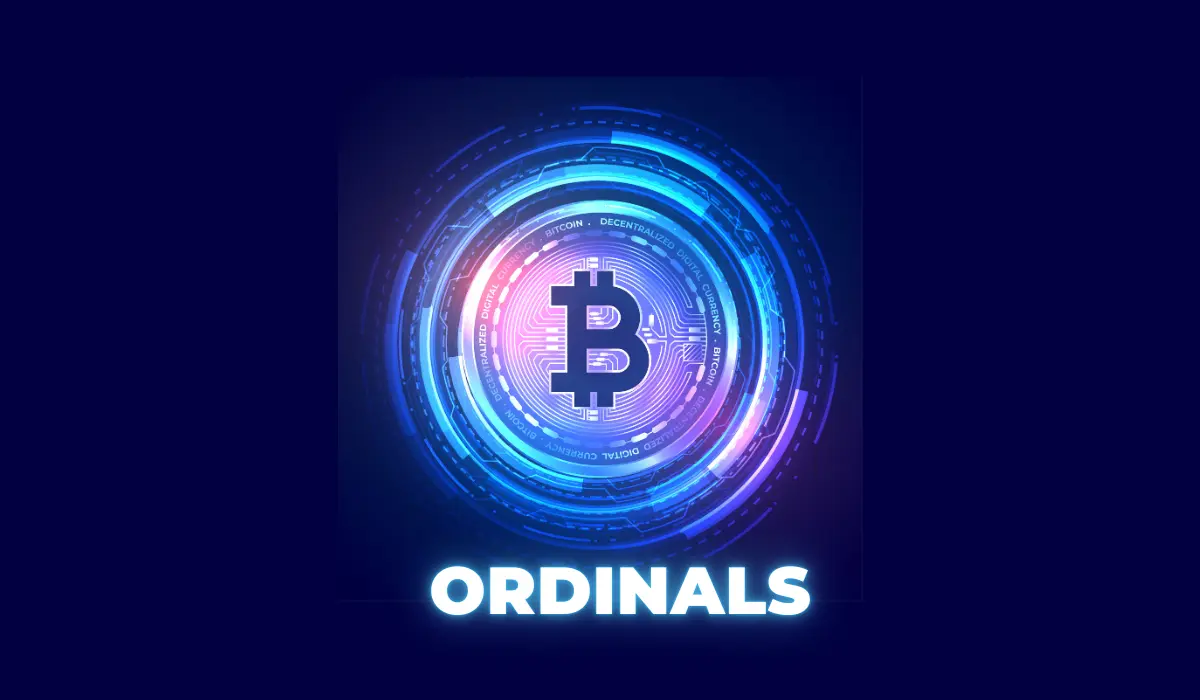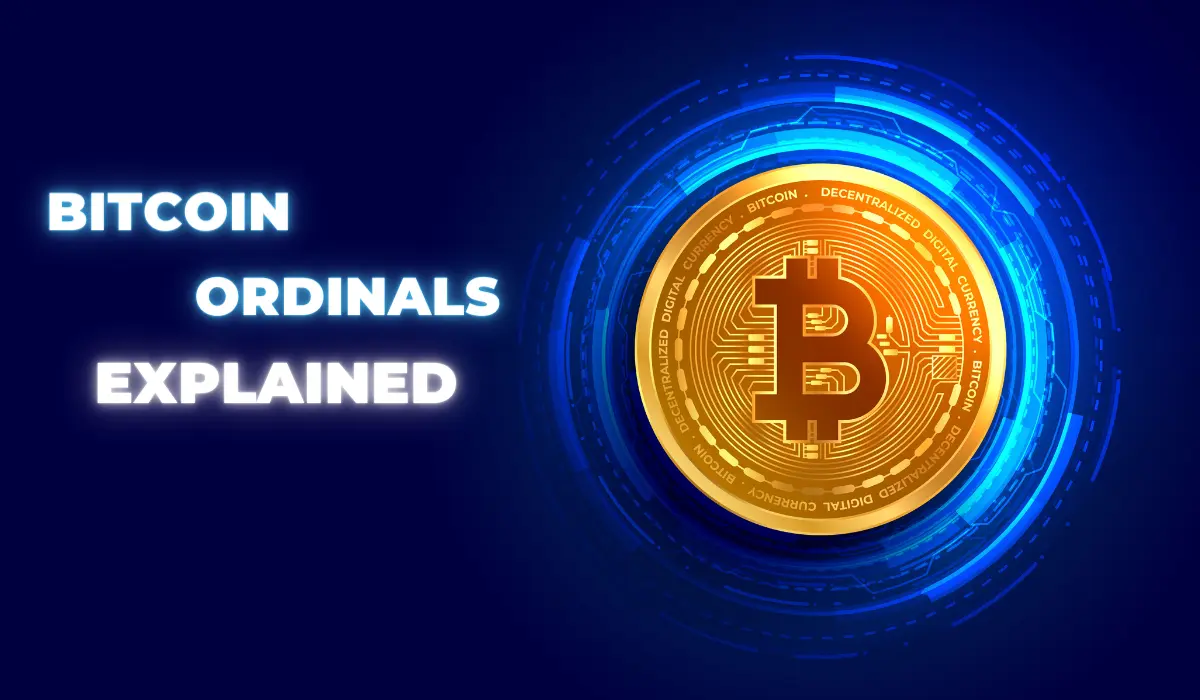Bitcoin ordinals were launched on 20 January 2023, as part of making Bitcoin more sustainable in the long run.
The intention was to create a sense of scarcity and create more demand for block space as in the future, Bitcoin might become fully reliant on transaction fees for miner revenue.
But what exactly are they? Read along to learn more.
What are Bitcoin Ordinals?

Bitcoin ordinals are a way of creating digital assets similar to NFTs but vary in certain aspects. Ordinals are the numbers that help the blockchain keep track of satoshis and their ownership.
A satoshi is the smallest denomination on the blockchain on which additional data can be inscribed. The data added could be images, videos, or any digital art, and by embedding directly to the satoshis stored in the block, they inherit the token’s properties such as immutability, security, and durability.
Ordinals are not Bitcoin’s first attempt at creating NFTs within the system.
However, former NFTs were created on Layer 2, allowing smart contracts to be executed. On the other hand, Inscriptions are stored fully on-chain, making transactions and metadata accessible to everyone while ensuring better security for the files.
Traditional NFTs vs Bitcoin ordinals
Although they serve almost the same purpose, traditional NFTs and Ordinals differ in many things starting with their underlying technology.
Ordinals use Segwit (Segregated Witness) and Taproot, both of which are specific to the Bitcoin network, while other NFTs like that of the Ethereum network rely on smart contracts for their creation as well as maintenance.
Let’s find out more about what makes Ordinals unique from the rest.
Increased liquidity
Since a satoshi is one in a hundred million parts of a Bitcoin, it will derive from every quality of the token, including its popularity.
It has the power to influence the crypto market dynamics, and storing digital assets in the most liquid cryptocurrency will positively reflect on the NFT as well.
Scarcity
Compared to traditional NFTs, Ordinals are more rare. NFTs usually do not have any limits regarding their quantity and can be created in infinite numbers.
But to create an inscription based on ordinals, the user not only needs to perform a Bitcoin transaction but also needs to hold the content on the chain.
Enhanced security
Consensus mechanism and cryptographic hashing, inherent properties of the Bitcoin protocol, make the transactions immutable.
They create a tamper-proof chain of blocks as each of them contains the hash of the previous block which offers enhanced security.
Every transaction will be recorded permanently on the public ledger preventing fraudulent transactions.
Better potential
The platform diversifies the capabilities of the network with an additional layer of functionality and supports a plethora of applications apart from value transfer.
It ranges from digital collectibles to providing a space and tools for building decentralized applications and giving way to economic expansion.
Royalty
Traditional NFT creators are normally eligible for a royalty every time a sale of their work occurs. Meanwhile, Bitcoin ordinals do not offer such a service since they are ordered numbers in a series, but unique digital assets that are developed and managed by smart contracts.
Fungibility
Non-fungible Tokens, as the name indicates, are non-fungible. They cannot be replicated or replaced.
This cannot be said in the case of Bitcoin ordinals since they could either be fungible or non-fungible depending on the ownership and their wish whether or not to preserve individual satoshi.
Bitcoin Ordinals: Challenges
The rise of Bitcoin Ordinals has become controversial due to the issues and possibilities it raises. The token raises issues like protocol vulnerability that could potentially compromise the security of the network and centralization risks where the complexity of the token increases dependence on custodians and a centralized system.
There have also been complaints about increasing transaction fees due to the inscriptions filling up the network’s block space.
Amidst these challenges, there are also exciting possibilities like the network expanding its decentralized, secure database beyond mere transactions.
The Bottom Line
There have been discussions in online communities regarding the future of Bitcoin Ordinals and the potential updates it might need to bring to improve user experience and functionality.
Scalability, integration of smart contracts, and user interface are some of the areas the platform needs to focus on if it wishes to realize the full potential of the token.
Being the first of its kind, with improved maintenance and developments, Bitcoin Ordinals could become one of the best tools for digital asset creation and management in the crypto world.







